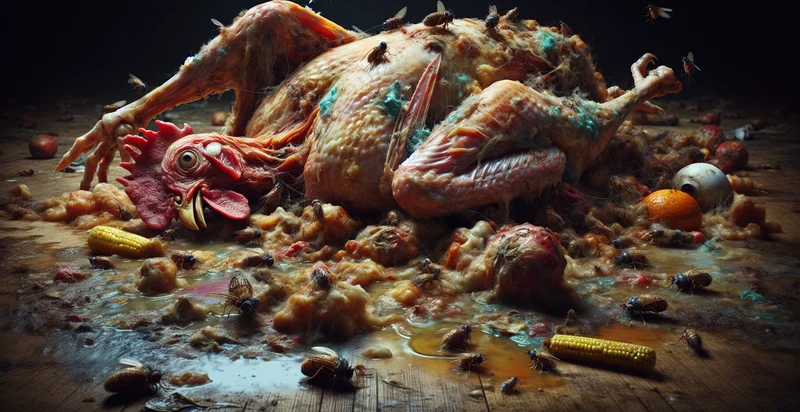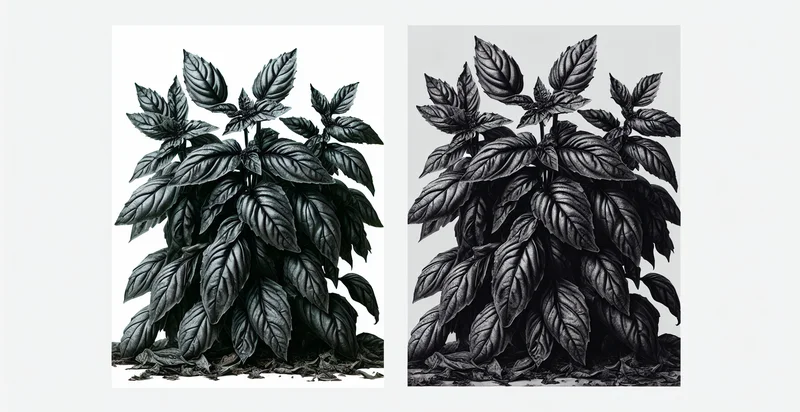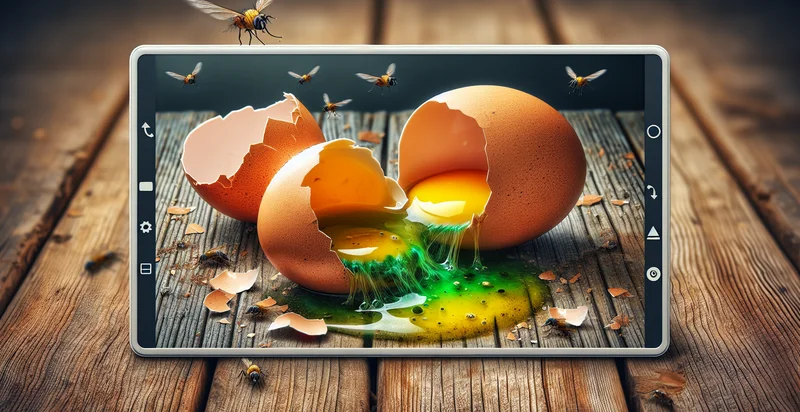Identify if chicken is rotten
using AI
Below is a free classifier to identify if chicken is rotten. Just upload your image, and our AI will predict if the chicken is rotten - in just seconds.

Contact us for API access
Or, use Nyckel to build highly-accurate custom classifiers in just minutes. No PhD required.
Get started
import nyckel
credentials = nyckel.Credentials("YOUR_CLIENT_ID", "YOUR_CLIENT_SECRET")
nyckel.invoke("if-chicken-is-rotten", "your_image_url", credentials)
fetch('https://www.nyckel.com/v1/functions/if-chicken-is-rotten/invoke', {
method: 'POST',
headers: {
'Authorization': 'Bearer ' + 'YOUR_BEARER_TOKEN',
'Content-Type': 'application/json',
},
body: JSON.stringify(
{"data": "your_image_url"}
)
})
.then(response => response.json())
.then(data => console.log(data));
curl -X POST \
-H "Content-Type: application/json" \
-H "Authorization: Bearer YOUR_BEARER_TOKEN" \
-d '{"data": "your_image_url"}' \
https://www.nyckel.com/v1/functions/if-chicken-is-rotten/invoke
How this classifier works
To start, upload your image. Our AI tool will then predict if the chicken is rotten.
This pretrained image model uses a Nyckel-created dataset and has 2 labels, including Fresh Chicken and Rotten Chicken.
We'll also show a confidence score (the higher the number, the more confident the AI model is around if the chicken is rotten).
Whether you're just curious or building if chicken is rotten detection into your application, we hope our classifier proves helpful.
Related Classifiers
Need to identify if chicken is rotten at scale?
Get API or Zapier access to this classifier for free. It's perfect for:
- Quality Control in Poultry Processing: Implementing the rotten chicken identifier in processing plants can enhance quality control measures. This system would quickly assess the freshness of chicken before it proceeds further in the processing line, reducing the risk of contaminated products reaching consumers.
- Retail Freshness Monitoring: Supermarkets and grocery stores can utilize this function to monitor the condition of chicken in real-time on their shelves. Regular scans can help identify and remove spoiled products, ensuring that customers only receive fresh products and improving overall customer satisfaction.
- Food Delivery Services: Delivery platforms can integrate this technology into their inspection processes for chicken products. By ensuring only fresh items are delivered to customers, these services can reduce food waste and enhance the reputation of their offerings.
- Restaurant Inventory Management: Restaurants can adopt the identifier to assess chicken inventory before cooking. This ensures only fresh ingredients are used in meal preparation, which can elevate the quality of the dishes served and minimize food safety risks.
- Food Safety Audits: Regulatory bodies can use this function during food safety audits to assess compliance in poultry handling facilities. The automated identifier streamlines the evaluation process, making it easier to detect violations related to food spoilage.
- Home Kitchen Applications: Smart kitchen devices can incorporate this identifier to help consumers make safe food choices. By scanning their chicken products, home cooks can receive alerts if any items have spoiled, thereby preventing potential foodborne illnesses.
- Research and Development in Food Tech: Food technology companies can leverage the identifier for research aimed at extending the shelf life of chicken products. By accurately classifying spoilage, researchers can experiment with different preservation techniques to improve product longevity.


